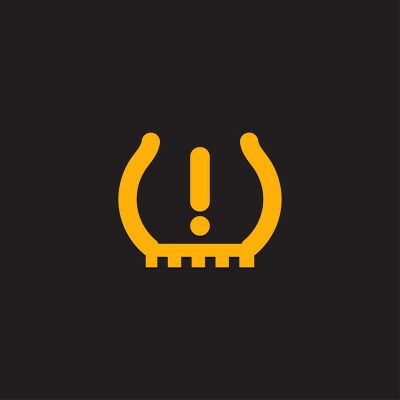Is Your TPMS Light On? Here’s What You Need to Know
Although it might look suspiciously like an exclamation point sitting inside a fishbowl, the tire pressure monitoring system, or TPMS, light actually lets you know that your tire pressures are all out of whack. Whether that means they’re over- or under-inflated, you need to act fast to avoid major problems on your travels. And if they’re at the perfect pressure levels? Then, you could have broken TPMS sensors instead. So, in the end, the TPMS light is a good sign that it’s time for auto repair in Kenner LA. Here’s what you need to know to get it fixed fast.

How to Respond to the TPMS Warning Light
When your TPMS warning light comes on, you’ll need to watch it for the following signs to see what it’s telling you.
Steady Light
If the light turns on while driving and shines steadily thereafter, it’s likely just letting you know that your tire pressures are outside the ideal range. Check your tire pressure levels and fill them up to the proper PSI at the gas station. Or stop by the auto repair shop to have your mechanic adjust the pressures.
Flashing On and Off
When there’s a big difference between daytime and nighttime temps, the light may come on at start-up in the morning, and then turn off as you drive. You’ll still want to check your tire pressure levels if that happens just to make sure they’re in the right range.
Flashes, and Then Stays On
If the light starts flashing on and off, however, then you may need a new TPMS sensor installed on one or more tires. You’ll likely see the light flash repeatedly when you start up your car and then turn on solid after about 90 seconds.
In most cases, you’ll just need to make sure that your tires are at the proper inflation levels and the light will turn off. If not, you can schedule an appointment for auto repair in Kenner LA for help from your mechanic.
Risks of Over- and Under-Inflated Tires
If you drive on over- or under-inflated tires, you could end up with major issues, such as:
- Poor handling
- Bad ride quality
- Uneven tread wear
- Higher risk of hydroplaning
- Decrease in gas mileage
There’s also a risk of a blow-out as the improper inflation puts stress on the wrong parts of the tire.
So, how do you find how much air to add to your tires? Every tire manufacturer puts the max PSI on the sidewall of their tires, while carmakers add each vehicle’s ideal tire pressure range on a sticker inside the door. Most passenger car tires need to stay in the 30 to 35 PSI range, although it can vary considerably depending on your tire type, size, and other factors.
Need Help with Your TPMS Light? Call Our Kenner LA Auto Shop
If your TPMS light is on, but your tires are at the right pressure levels, it’s time to visit our Kenner LA auto repair shop. With a call to 504-461-9838, you can speak to our team at CAMS Automotive and get on our schedule. You’re also welcome to fill out our online form and we’ll get right back to you. Either way, we look forward to helping you stay safe on all your travels with timely auto repair services. Need help with financing? Please feel free to ask about our CAMS Card.